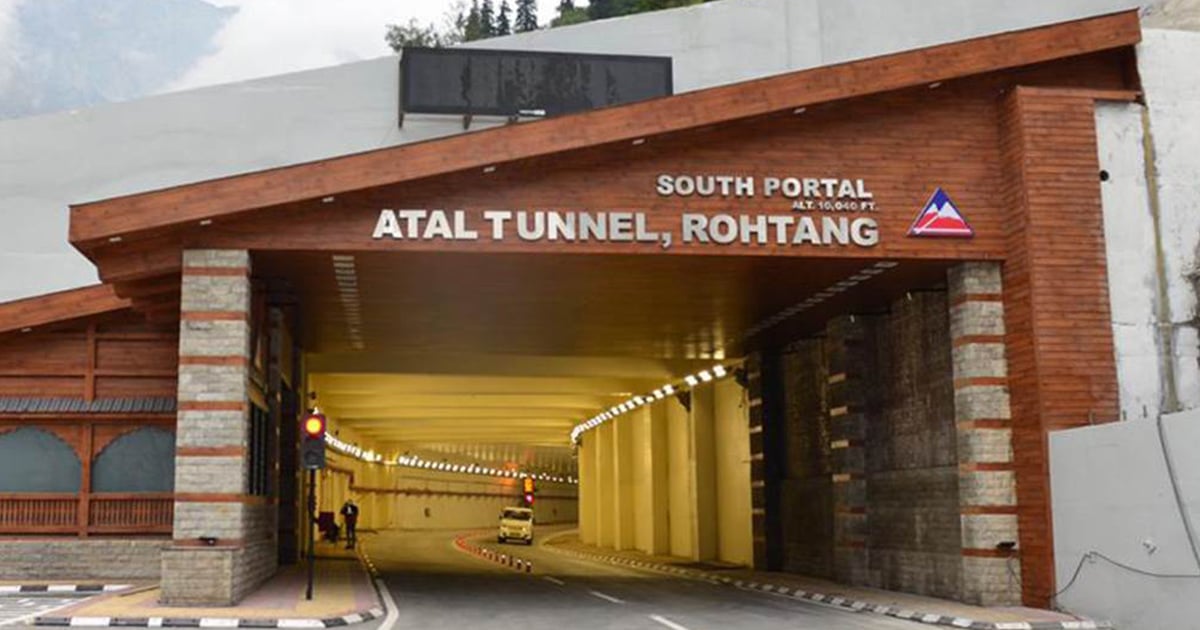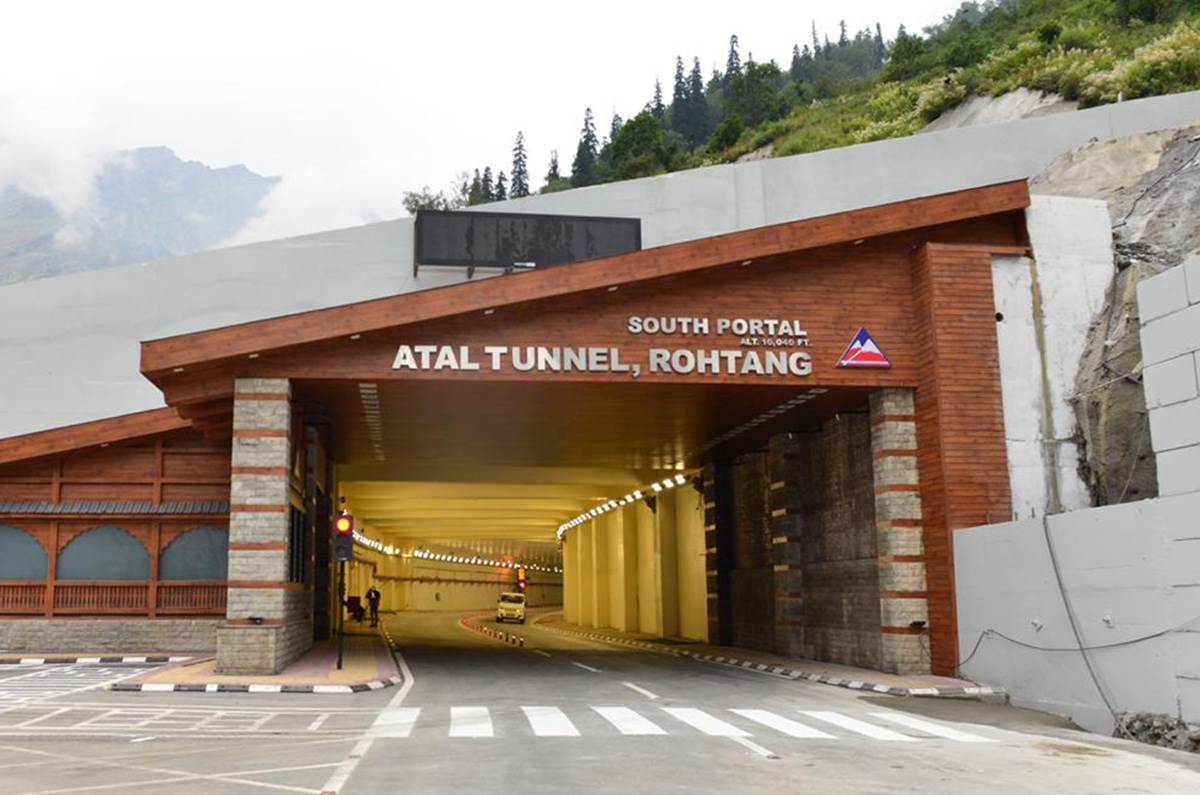World’s Longest High-Altitude Tunnel Now Open In India
Share



The world’s longest high-altitude tunnel been has inaugurated by the Indian Prime minister Mr. Narendra Modi in Himachal Pradesh. The 9.2 km-long single-tube tunnel is the longest of its type built at an elevation of 10,000ft and will reduce travel time between Manali to Leh by as much as 5 hours and will knock off about 46 km from the journey, along with allowing all-weather access to the Lahaul-Spiti valley.

It was previously referred to as Rohtang Tunnel. The Narendra Modi-led government later decided to name it Atal Tunnel in memory of the former Prime Minister Atal Bihari Vajpayee. The feasibility of the Atal tunnel was initially done in 1990 with the decision for the construction undertaken in 2000 by then Prime Minister Atal Bihari Vajpayee.

Previously, road journeys from Manali to the Lahaul-Spiti valley were made via the Rohtang pass, which remains shut for about 6 months in a year due to heavy snowfall. The South entrance of the tunnel is located about 25km from Manali, with the north entrance opening near the village of Teling in the Lahaul Valley. It is a horseshoe-shaped, single-tube double lane tunnel with a roadway of 8 metres and has an overhead clearance of 5.525 metres, the PMO said. It has been designed for traffic density of 3000 cars per day and 1500 trucks per day with a max speed of 80 km/hr.

It has the state of the art electromechanical system including semi transverse ventilation system, SCADA controlled firefighting, illumination and monitoring system. The tunnel, built at a cost of about INR 3,300 crores, is extremely significant from the point of view of the country’s defence, the officials said. The Atal tunnel provides a telephone facility at every 150 metres of its stretch, a fire hydrant every 60 metres, emergency exits every 500 metres, turning cavern every 2.2 kilometres, air quality monitors every 1 km, broadcasting system and automatic incident detection system with CCTV cameras every 250 metres.








